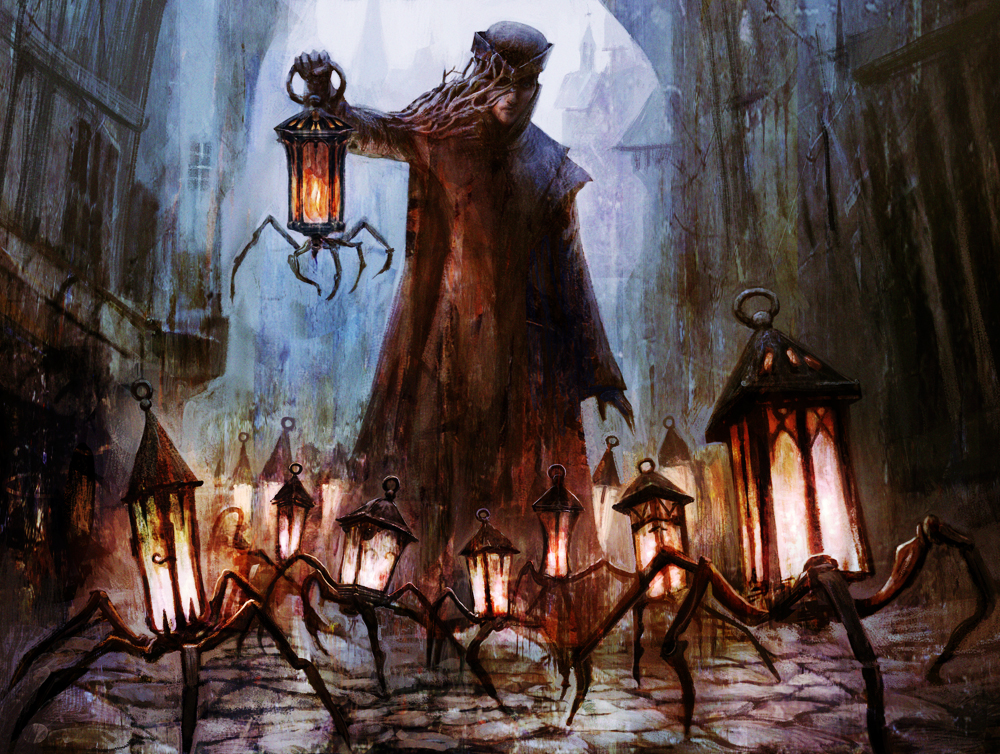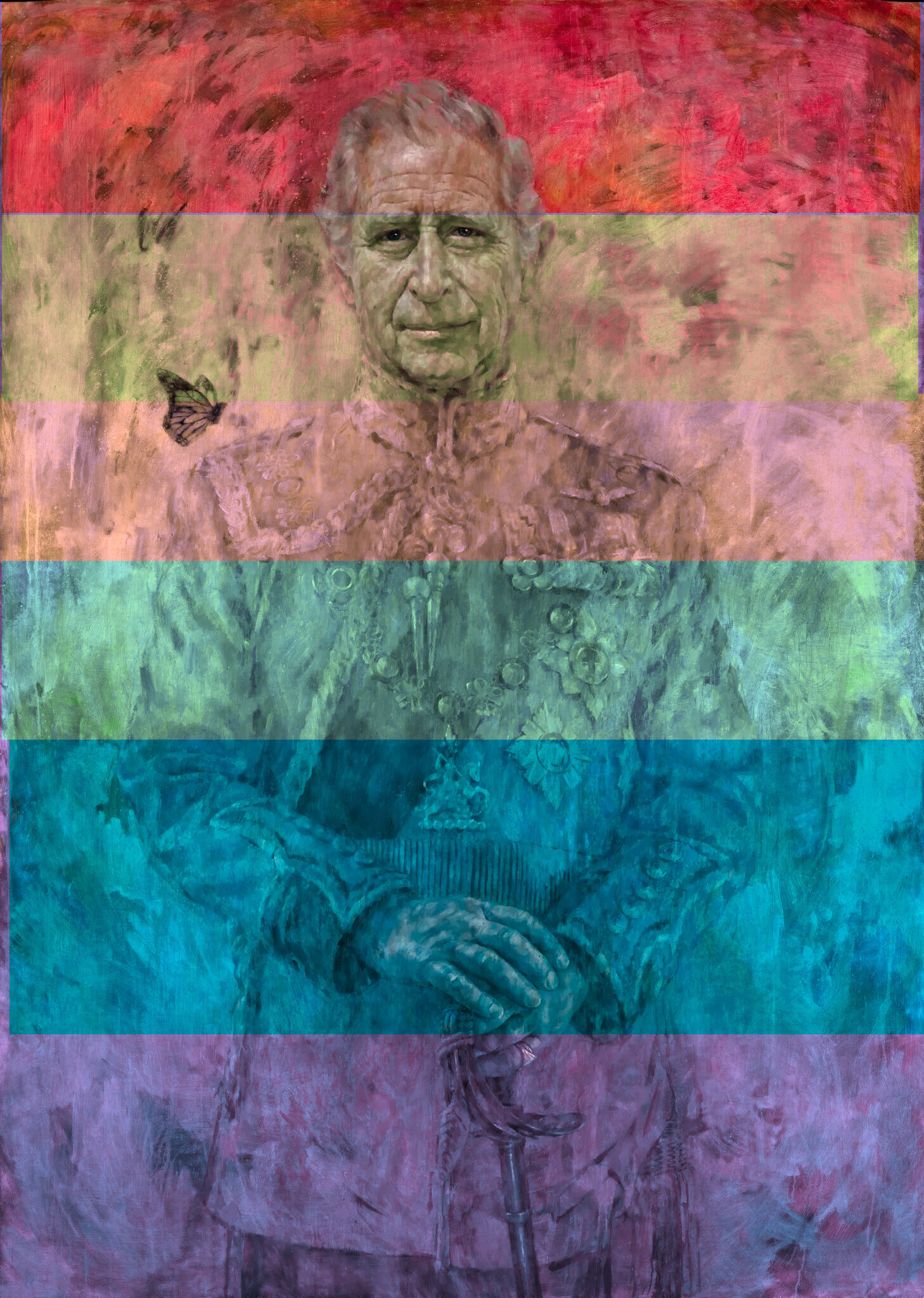If we knew the shutter speed of the photograph of the supposed bullet, then you could calculate its velocity and see if that falls in line with the type of bullet that was used or with shrapnel, which would probably be much less as it comes from a ricochet.
The FBI could easily get this info from the photographer.
I’m sure, but I suppose it wouldn’t verify whether the object in the photo is what hit him in the ear. However, it could potentially confirm that there was shrapnel flying nearby.
https://www.nytimes.com/2024/07/14/us/politics/photo-path-trump-assassination.html
Simple ballistic math showed that capturing a bullet as Mr. Mills likely did in a photo was possible, [retired F.B.I. special agent Michael] Harrigan said.
Mr. Mills was using a Sony digital camera capable of capturing images at up to 30 frames per second. He took these photos with a shutter speed of 1/8,000th of a second — extremely fast by industry standards.
The other factor is the speed of the bullet from the firearm. On Saturday law enforcement authorities recovered an AR-15-type semiautomatic rifle at the scene from a deceased white man they believe was the gunman.
“If the gunman was firing an AR-15-style rifle, the .223-caliber or 5.56-millimeter bullets they use travel at roughly 3,200 feet per second when they leave the weapon’s muzzle,’’ Mr. Harrigan said. “And with a 1/8,000th of a second shutter speed, this would allow the bullet to travel approximately four-tenths of a foot while the shutter is open.”
Just what I was hoping to see, thanks.
That’s in the EXIF, but I think the NYT scrubs metadata from publication version. It should be on the camera though.
 Me, neither, tbh.
Me, neither, tbh.STOLEN VALOR





